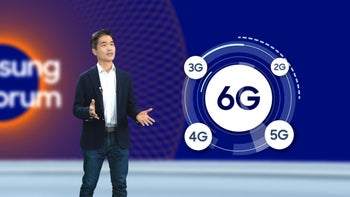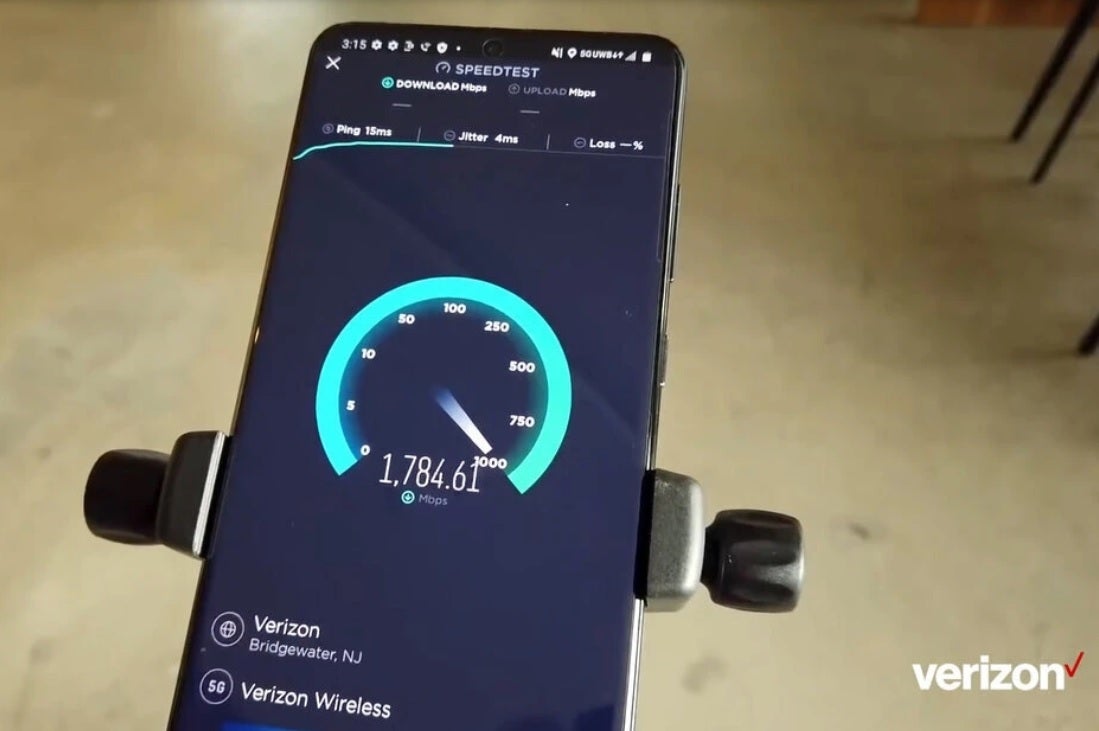Possible 6G preview: China tests wireless over THz and generates 300Gbps download speed

Afraid that other countries will play a more important role in the creation of standards for 6G connectivity, this past Friday the White House met with business leaders, government officials, and academics to discuss the next generation of wireless connectivity. And news from Taiwan's cnBeta (via Gizchina) is a good example of why the U.S. is concerned. According to the 25th Institute of the Second Academy of China Aerospace Science and Industry, a successful wireless transmission was made for the first time at a terahertz (THz) frequency level.
The wireless transmission was conducted at a data speed of 100Gbps. To put this in context, consumers in the U.S. would be ecstatic with a 5G signal running at 1Gbps. Mid-band 5G signals can range from 100Mbps to 900Mbps but from personal experience mid-band most often delivers 5G download data speeds in the 450-500Mbps range (again, your mileage will vary).
Using Terahertz frequencies presents the same issues that carriers have had to deal with when trying to set up 5G connectivity in the mmWave band (24GHz to 100GHz). First, THz signals do not travel long distances and they have trouble penetrating clouds and fog. On the other hand, terahertz communications allow wireless transmissions to be almost as good as transmissions made over fiber.

The terahertz transmission test delivered download speeds nearly 169 times faster than the results of this 5G test
The report says that THz, with its larger transmission bandwidth and faster transmission speeds, is becoming one of the most important technologies when discussing 6G. Not expected to launch before 2030 (although South Korea hopes to best that by two years), 6G wireless should produce download speeds up to 100 times 5G rates. This will obviously lead to faster download and upload speeds for smartphone users and should lead to incredible new services in the entertainment (including gaming), automobile, and healthcare industries as well as others.
Currently, U.S. wireless carriers offer service over low-band (600MHz, 700MHz, and 850MHz), mid-band (1GHz-6GHz) and high-band (24GHz-40GHz).
Some services that we were supposed to see with 5G such as self-driving cars, remote surgery, and smart cities will certainly be possible with the faster speeds coming with 6G. The question now is which country will get to mold the technology with its innovations.













Things that are NOT allowed: